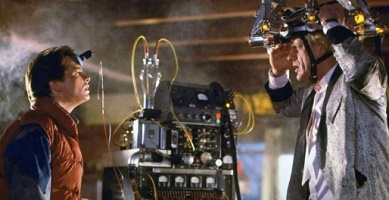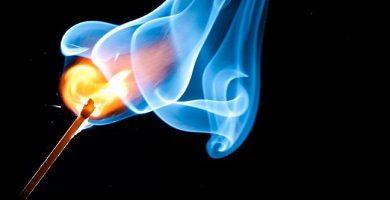What is the theory of spontaneous generation?
We explain what the Theory of Spontaneous Generation is, what thinkers supported it and how it was refuted.
-
What is the theory of spontaneous generation?
The Theory of spontaneous generation was the name that received the belief that certain forms of animal and plant life arose automatically , spontaneously, from organic matter, inorganic matter or some combination of both.
This theory was in force for many centuries, since ancient times . Although it is a hypothesis that could never be proven scientifically, many believed to prove it by direct observation .
Aristotle, the Greek philosopher, believed in this theory. It was also accepted and supported by seventeenth and eighteenth century thinkers such as Sir Francis Bacon, René Descartes and Isaac Newton, who were unaware of the world of microbiology . It applied to small creatures held by pests or parasites, such as flies, lice, ticks and even mice.
The belief was that if the correct elements were left in a container (say: sweaty underwear and wheat), some type of animals would be found after a certain time (say: mice).
This theory about the origin of life did not contradict conventional reproduction , since the creatures obtained by spontaneous generation were as perfect and identical as those born from sexual reproduction .
In this way, it could be argued that in decomposed flesh, excrement or the very entrails of the human being, various forms of life were given spontaneously, instead of thinking that they had somehow got there.
-
Refutation of Theory

The Theory of Spontaneous Generation was refuted through three specific experiments:
- The Redi experiment (1668). Carried out by Francesco Redi, an Italian doctor, who doubted that insects could arise spontaneously from rot, and supposed that at some point some adult insect had to lay eggs or larvae on decomposing matter . To verify this, he placed three pieces of meat in three different containers: one of them open and the other two sealed with gauze that allowed the air to enter the jar but not the adult flies. After passing the time, there were worms in the exposed meat and not in the sealed ones, although they did find fly eggs on the gauze.
- The Spallanzani experiment (1769). Developed later by the Catholic and naturalist priest Lazaro Spallanzani, it was a kind of prelude to pasteurization. The Italian deposited meat broth in two containers, after having heated them to a temperature that killed the existing microorganisms and sealed hermetically in the container. Thus he showed that microorganisms are not born spontaneously from matter, but come from other microorganisms.
- Pasteur’s experiment (1861). Developed by the Frenchman Louis Pasteur, father of the food preservation technique known as pasteurization, it consisted of the introduction of meat broth into two long-bent mouth distillation balls (in the form of “S”), which is being done finer as it rises. The shape of the tube allowed the entry of air, but caused the microorganisms to remain in the lower part of the container, without accessing the meat. Thus, he warmed the broth until it was sterilized and simply waited: after several days, there were no signs of decomposition, after which Pasteur proceeded to cut the mouth of the container and there, soon after, the decomposition did occur, demonstrating that the microorganisms they came from other microorganisms and that, in general, all life comes from another way of life that precedes it.





